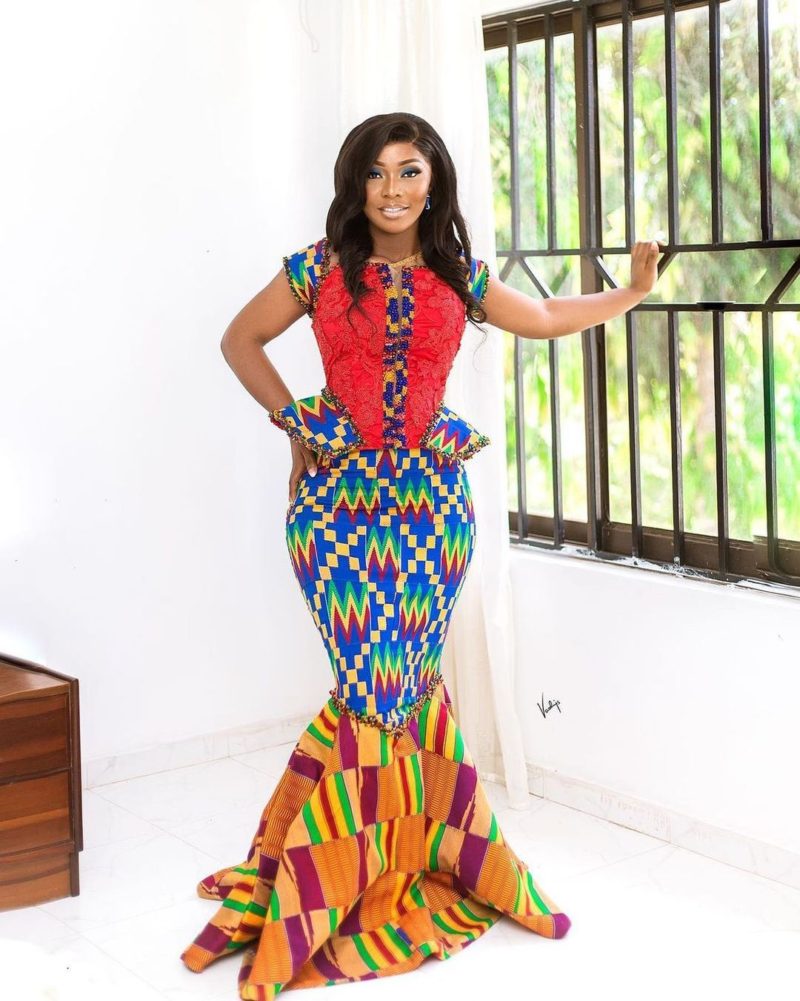The Mudcloth is also called Bogolanfini, which is a combination of three words in the Bambara language of Mali: “Bogo” which means clay or mud, “lan” means “with”, while “fini” means “cloth” in the Bambara language of Mali, this clearly explains why it is simply called “Mud Cloth”.
Bogolan is a handmade Traditional cloth originally from Beledougou in Mali, West Africa and have now become synonymous with a Pan African Identity all around the world.
The Bogolan or Mudcloth is produced usually the Malian traditional dyeing method which involves using natural dyes got from tree barks, leaves:
Firstly, the cotton cloth, which is usually cream, is hand woven by men on looms to produce a 15cm wide cloth. Several strips of 15cm cloth are then produced.These strips of cloth are then sewn together to get a cloth of larger size.
This cloth is then dyed usually, by women who soak it in extraction from the bark of a tree (which is usually red) or yellow dye from pounded leaves. It really depends on what colour they want to achieve. This traditional method of dyeing is as a result of the reaction between the dye and the mud.
After the cloth has been dyed it is then painted with mud using the hand, toothbrush or stencil. This part of the process is usually done on the banks of the River Niger and the cloth is then spread in the sun to dry.
When the mud dries (turns grey) the cloth is then washed off and the dyeing process repeated a number of times until the desired colour is achieved, the most common being a bold black colour. The yellow areas of the fabric are painted with bleach which produces a brown colour.
The cloth is then left in the sun for about a week to dry and the bleach washed out the water.
In the 1970s Chis Seydu has introduced mud cloth to the international fashion world.
Popular uses of the Bogolan cloth aside from clothing are upholstery, cushions, rugs, tablecloths, wall art, handbags and backpacks










